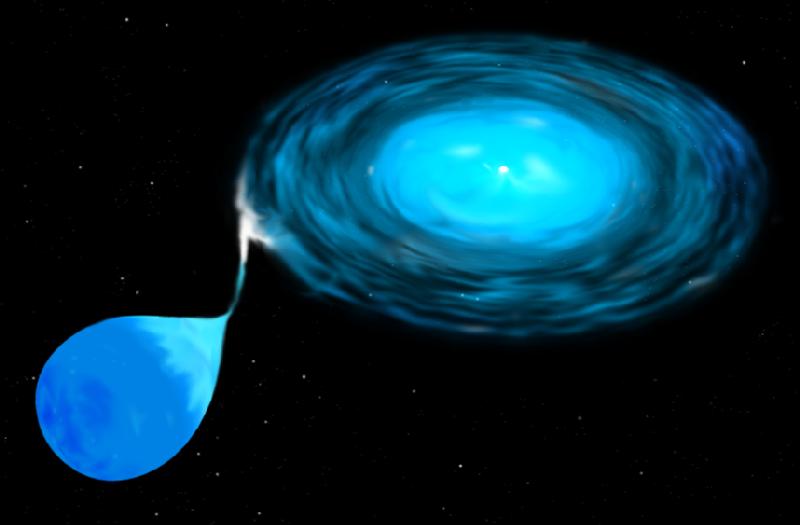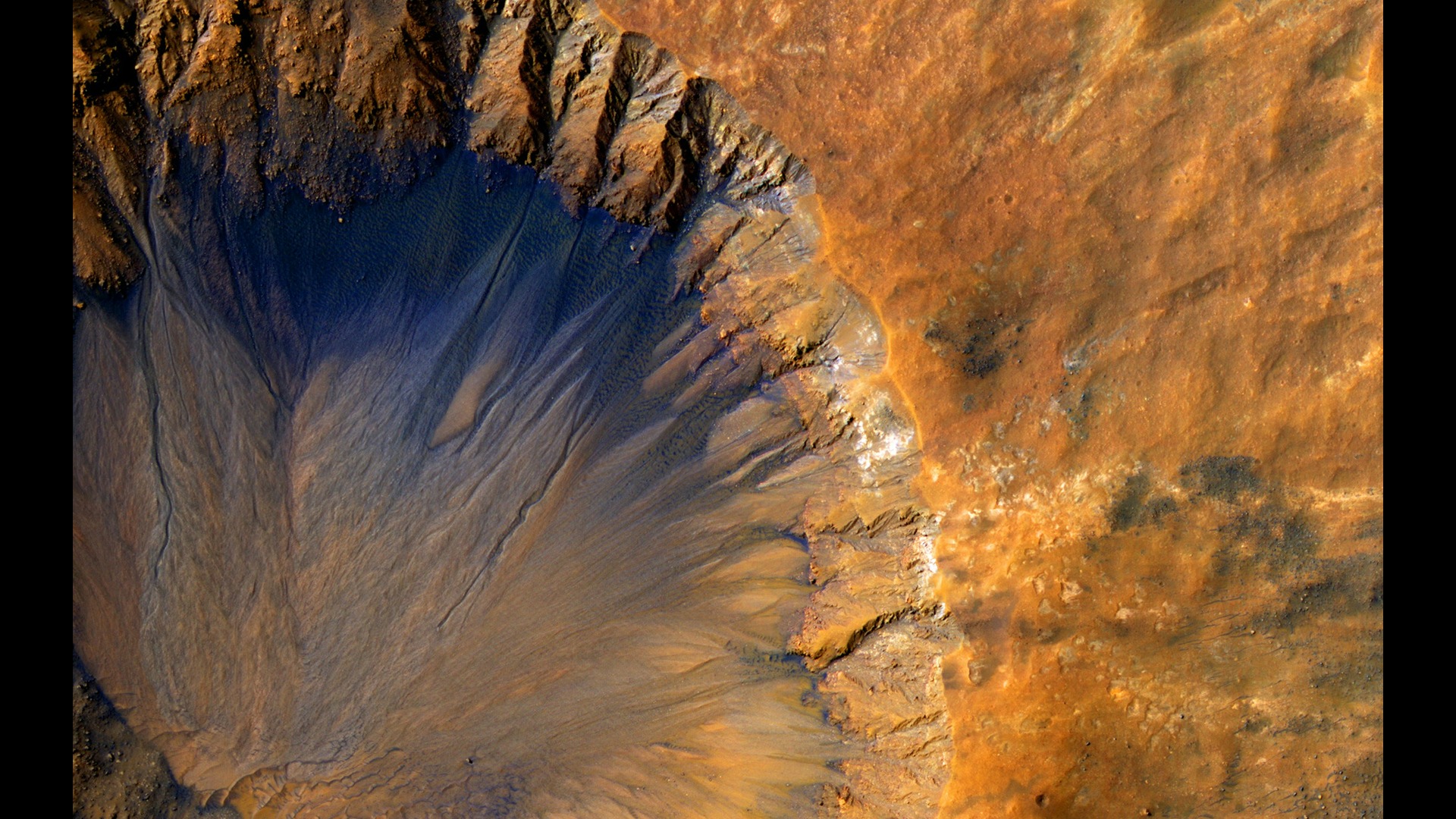
Catacylismic Variable Stars: An Introduction
August 17, 2022 - Emily Newton
Revolutionized is reader-supported. When you buy through links on our site, we may earn an affiliate commission. Learn more here.
Our sun, the star at the center of the solar system, is pretty lonely — the closest star, Proxima Centauri, is over four light-years away. Most stars in the galaxy aren’t the same. Instead, as many as 85% of stars occur in binary systems — groups of two or more stars that orbit each other closely. Cataclysmic variable systems are one of the most interesting kinds of binary stars. They’re binary systems with two components — a white dwarf and a donor star that is steadily losing mass to its partner.
In general, binary systems can occur in a wide variety of different combinations, from two-star systems to quadruple-star systems that contain four stars orbiting each other in complex patterns of motion. Let’s take a closer look at cataclysmic variable stars, in particular.
What Is a Cataclysmic Variable Star?
In a cataclysmic variable (CV) system, one star is always a white dwarf — a collapsed star that has roughly the same mass of the sun packed into the size of the Earth. The other star is generally a red dwarf, like the Sun, but generally cooler and less massive.
The two stars are locked together in extremely close orbit, circling each other completely every few hours. Both stars are so close together that most CV systems take up less space than the sun in total.
CV system stars are all located far from Earth. This, coupled with these stars having a close orbit makes photos of the systems fairly unexciting. Why? Both stars appear as a single point of light.
Artistic depictions of CV systems are available widely on the web. These present a better picture of what these stars may look like up close.
CV systems exist throughout the observable universe, and may come in a variety of diverse configurations.
To date, scientists have observed more than 200 CV systems, and they are discovering new CV systems all the time. Because CV systems are so diverse, the discovery of a new system can often reshape science’s perception of CV systems, and the properties that they can demonstrate.
The Cataclysmic Variable Accretion Disk
The red star in a CV system so close to the white star that it becomes tidally distorted. The gravitational forces exerted on the red star by the white star cause gas to fall from the red star into the white dwarf.
This gas can’t fall directly into the white star. Due to conservation of angular momentum, the gas instead forms into a disk, called an accretion disk, around the white dwarf — so long as the white dwarf doesn’t have a strong magnetic field.
In most CV systems, the white dwarf does not have a strong magnetic field. If the dwarf has a strong magnetic field, however, then other, interesting effects can occur — but more on that below.
The gas in the accretion disk slowly spirals down towards the white dwarf, until it loses enough gravitational potential energy to fall directly into the star.
The flow of particles into the white dwarf is turbulent, meaning that particles in the disk regularly collide with one another. These collisions generate friction and heat, which causes the disk to shine brighter.
The friction also accelerates the movement of particles into the white dwarf, creating additional friction and energy that, in turn, causes the disk to become hotter and brighter.
As a result, CV accretion disks are exceptionally bright and energetic, meaning that they typically outshine both the stars in the CV system.
Different Types of Cataclysmic Variable Systems
CV systems with accretion disks come in several different forms.
Novae
The first CV systems to be discovered were the novae. Originally called the novae stella (“new stars”), these systems feature extreme variations in their brightness, which caught the attention of astronomers.
Nova systems have outbursts that can increase their brightness by 6 to 19 magnitudes — meaning they become 100 to 15 million times brighter. These outbursts are caused by the thermonuclear bursts generated by accretion disk material at the surface of the white dwarf.
Most known novae have only had a single nova outburst, but some are recurrent novae that have had multiple outbursts.
Dwarf Novae
Dwarf novae are similar to typical novae, but their outbursts are much more frequent and much less intense — increasing the brightness of the CV system by just 6 to 100 times. However, these outbursts occur much more frequently than those seen in non-dwarf novae.
In general, the more frequently a dwarf novae experiences outbursts, the less intense they will be. Some dwarf novae have outbursts as frequently as every two days — while others may experience an outburst similar in magnitude to a novae outburst every thirty years.
Nova-Like Variables
These systems are similar to dwarf novae, but don’t undergo outbursts. As a result, their brightness is very consistent, generally varying only slightly from mean levels.
Astronomers believe that these systems don’t experience outbursts because the transfer of mass through the accretion disk happens at a mostly stable rate. This rate of transfer is, however, high compared to other CV systems — meaning that the resulting accretion disk is very bright.
SW Sextantis stars
The variables with the highest rate of accretion disk transfer, SW Sextantis stars display many unusual properties. For example, these stars are edge-on systems. Due to their orientation in space, we see them from the side.
In a normal edge-on CV system, you see double-peaked emission lines. This is because the gas in one half of the disk is moving towards you, causing it to be blue-shifted, while another is moving away from you, causing it to be red-shifted. SW Sextantis stars, however, show single-peaked emissions lines.
Magnetic CVs
In some cases, the white dwarf in a cataclysmic variable system has a powerful magnetic field. This field disrupts the ionized matter which would normally form the accretion disk. Because the matter is ionized, it can’t cross gravitational field lines, and is instead forced to spin around them.
As a result, the gas from the donor star is threaded onto the lines of the white dwarf’s gravitational field. Then, it streams directly towards the dwarf’s magnetic poles.
The small accretion regions generated at the poles of the white dwarf are not as large or bright as the typical accretion disk, but they can still generate a large portion of the CV system’s overall light.
These accretion regions also generate significant X-ray emissions. X-ray satellites can detect these emissions — allowing scientists to pinpoint new magnetic CV systems.
Types of Magnetic CVs
In some magnetic CV systems, called polar systems, the white dwarf’s magnetic field is so strong that no accretion disk can form. Polar systems allow scientists to observe interactions between high-density plasmas and extremely strong magnetic fields.
Another distinctive feature of these systems is that the light they produce is both linearly and circularly polarized. This is how they get their name “polar systems” since the light produced is unlike natural light.
Scientists believe that the white dwarfs in intermediate polar systems may have weaker magnetic fields than the white dwarfs in traditional polar CV systems.
The weaker magnetic fields allow an accretion disk to form, unlike in polar systems. However, the magnetic field of the white dwarf still interrupts the disk, creating a gap between the inner edge of the disk and the white dwarf.
Some scientists believe that intermediate polars may eventually evolve into polars as the donor shrinks and the distance between the two stars becomes smaller. Over time, as the stars get closer, the accretion disk may diminish in size until it disappears.
What We May Learn About Cataclysmic Variables
Cataclysmic variables are a highly diverse group of binary star systems. They’re instantly identifiable by their combination of a red dwarf, white dwarf and (typically) a bright accretion disk.
All systems involve a donor star and a white dwarf, but the specifics of the system can vary significantly. CVs in which the white dwarf has a strong magnetic field can have extremely unusual properties.
Scientists are also discovering new CVs all the time. Scientists have already identified several types of CVs have already been identified — including novae, dwarf novae and polar systems. The discovery of additional CVs may prompt scientists to create new CV categories.
Revolutionized is reader-supported. When you buy through links on our site, we may earn an affiliate commission. Learn more here.
Author
Emily Newton
Emily Newton is a technology and industrial journalist and the Editor in Chief of Revolutionized. She manages the sites publishing schedule, SEO optimization and content strategy. Emily enjoys writing and researching articles about how technology is changing every industry. When she isn't working, Emily enjoys playing video games or curling up with a good book.







